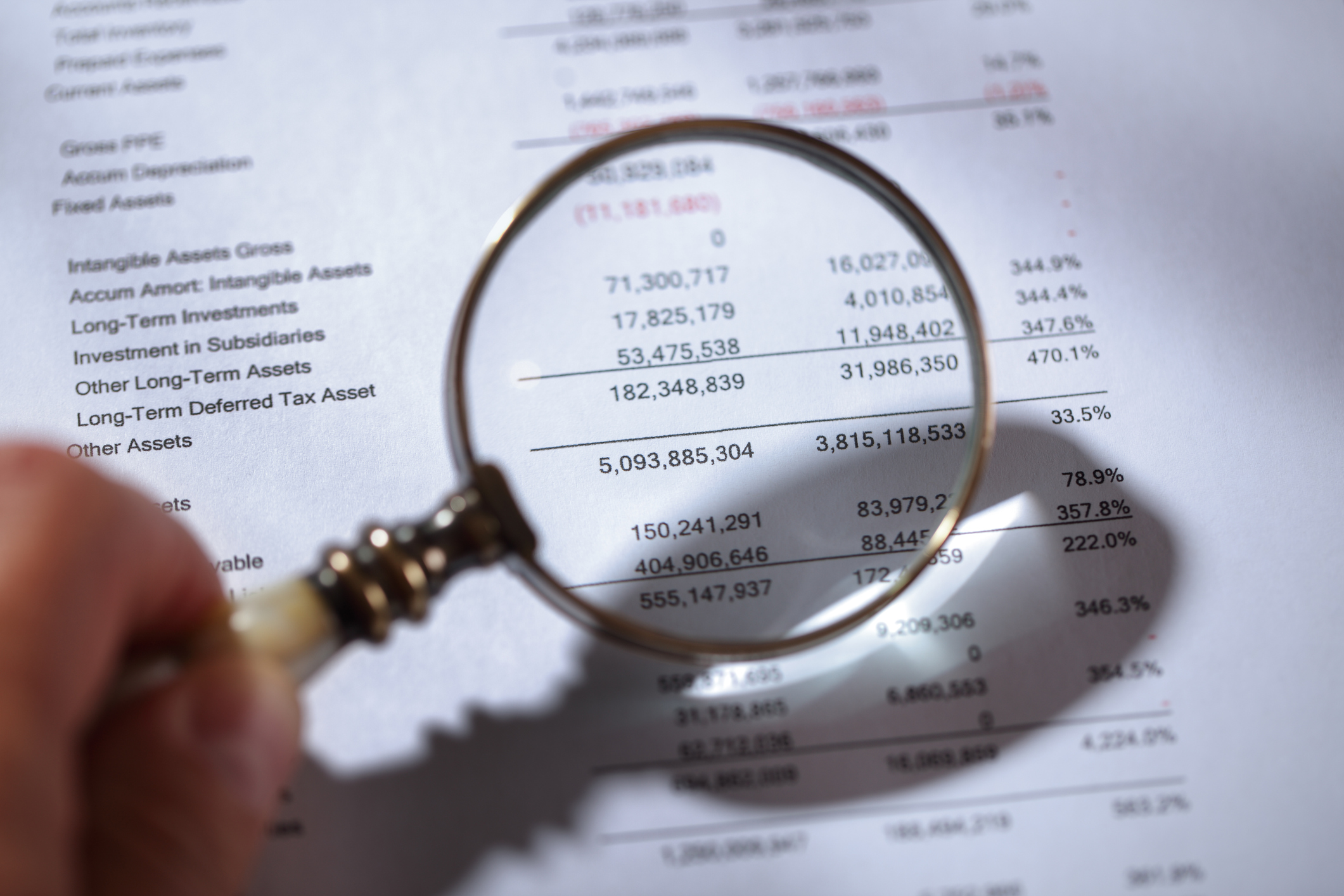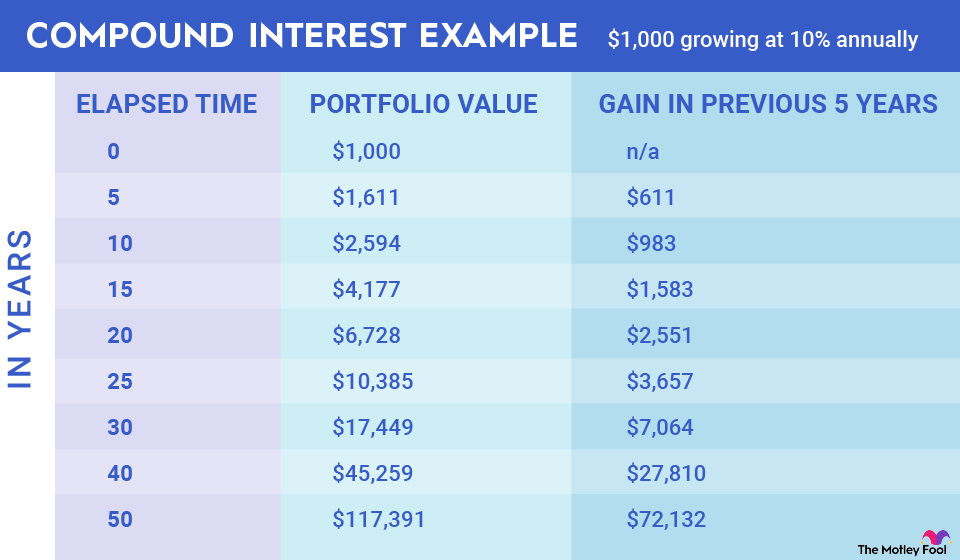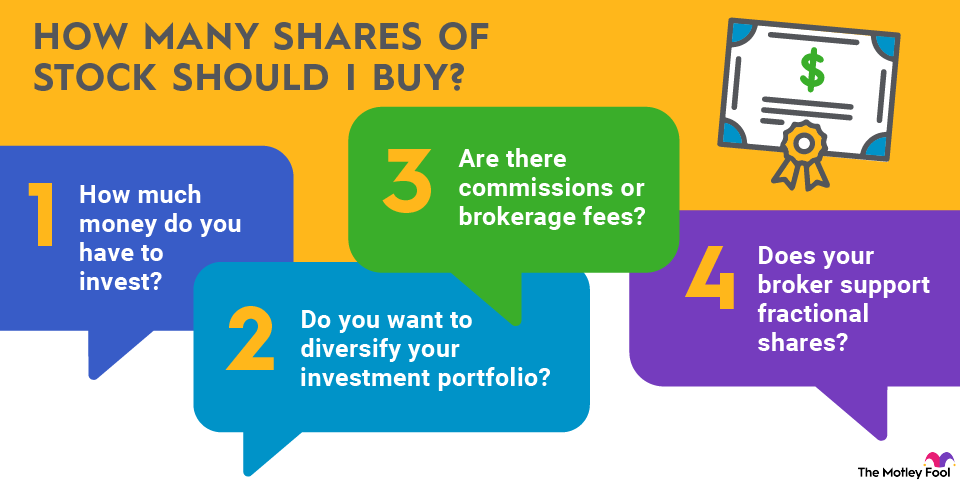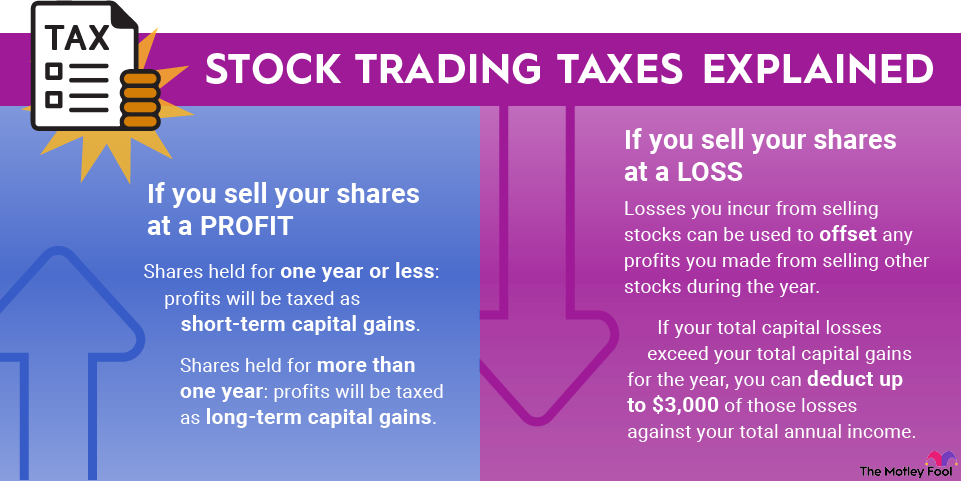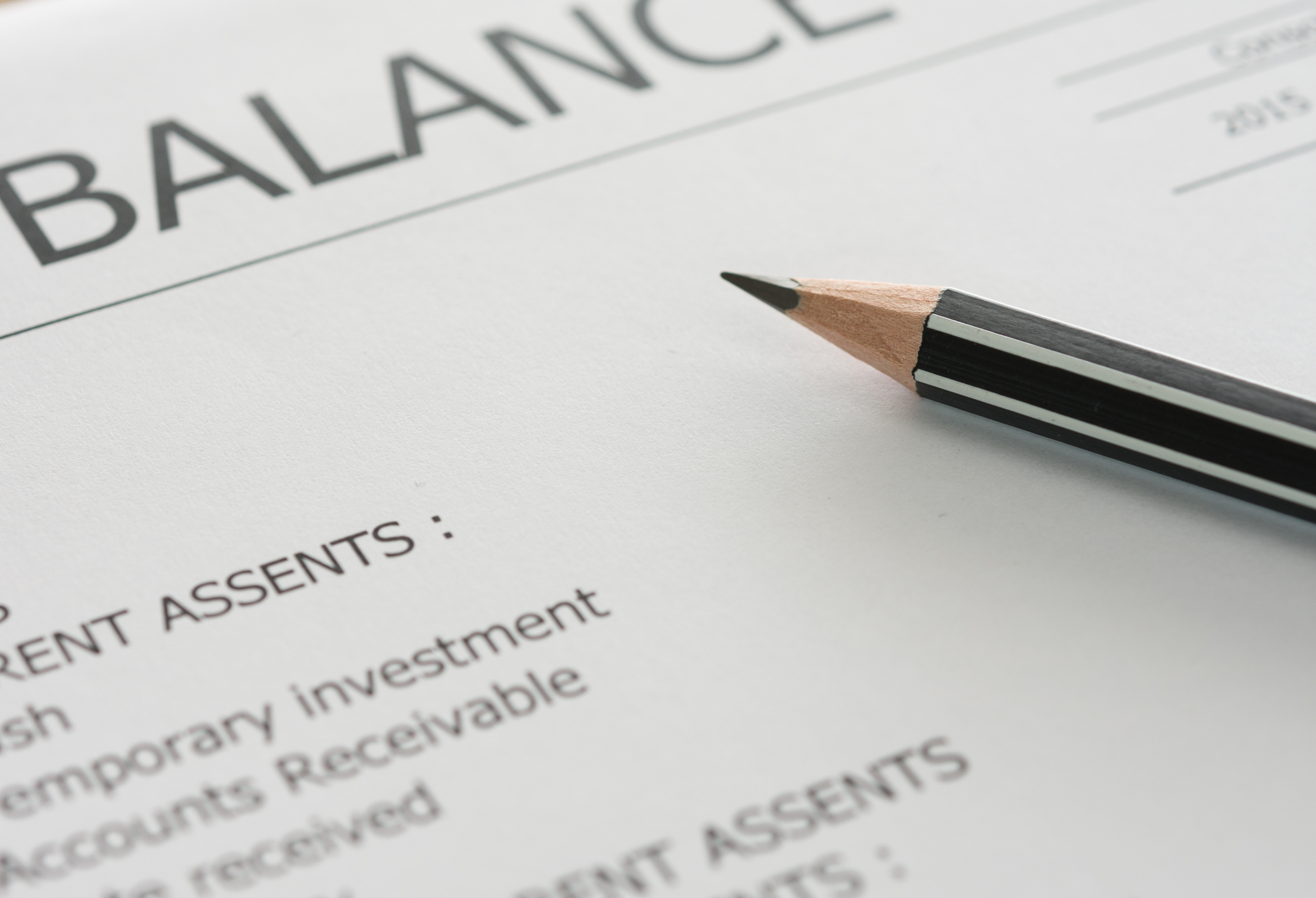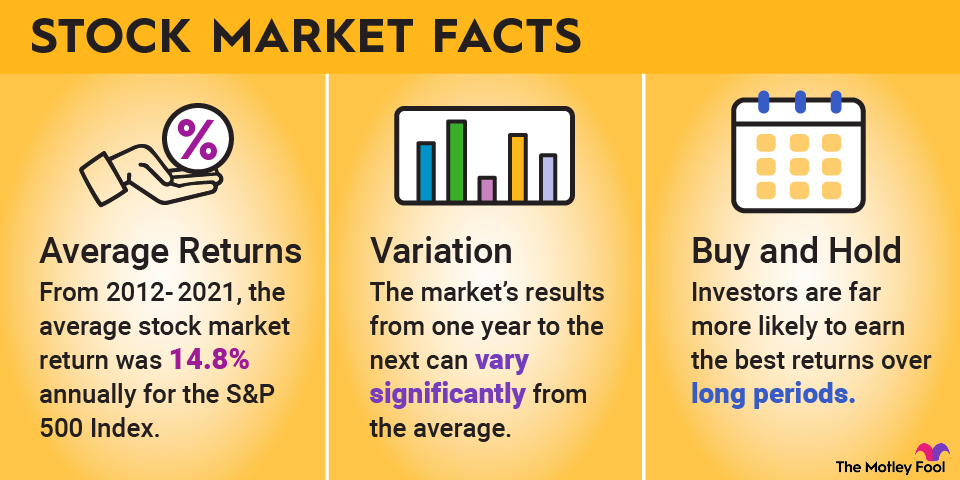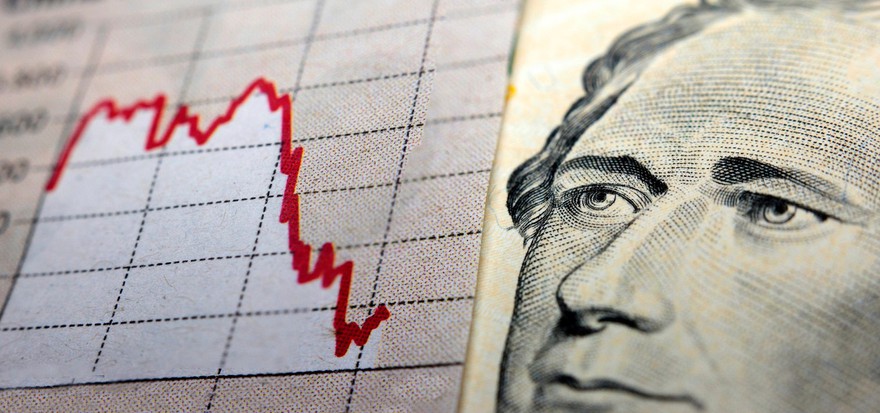United Airlines (UAL -3.55%) was one of the hardest-hit airline stocks during the COVID-19 pandemic, with shares shedding roughly half their value in 2020. But as air travel continues to soar post-pandemic, you may be wondering how to invest in United Airlines to cash in on that demand.

NASDAQ: UAL
Key Data Points
Investing in airline stocks isn't for the faint of heart. Airlines, in general, are a highly cyclical business, meaning they're prone to big booms and busts, depending on the overall health of the economy. Airlines also face cutthroat pricing competition in a business that's capital-intensive and hugely vulnerable to fuel price increases. Still, there are a few reasons an investor might consider adding United Airlines stock to their portfolios.

How to invest in United Airlines stock
United Airlines trades on the Nasdaq stock exchange under the ticker UAL. It's pretty easy to buy and sell shares of the Chicago-based airline (or any publicly traded stock, for that matter). Just follow the four steps below:
- Open your brokerage app: Log in to your brokerage account where you handle your investments.
- Search for the stock: Enter the ticker or company name into the search bar to bring up the stock's trading page.
- Decide how many shares to buy: Consider your investment goals and how much of your portfolio you want to allocate to this stock.
- Select order type: Choose between a market order to buy at the current price or a limit order to specify the maximum price you're willing to pay.
- Submit your order: Confirm the details and submit your buy order.
- Review your purchase: Check your portfolio to ensure your order was filled as expected and adjust your investment strategy accordingly.
Should I invest in United Airlines?
There are a few things to know if you're considering United Airlines for your portfolio:
- It trades at a lower forward P/E ratio relative to its peers. United's forward P/E ratio is less than 8, which is lower than rivals American Airlines (AAL -1.51%), Delta Airlines (DAL -0.41%), and Southwest Airlines (LUV +0.36%). A forward P/E ratio has some limitations, but when a company's P/E ratio is low compared to similar stocks, it can suggest a stock is trading at a relative bargain.
- United is making a big investment in upgrading its fleet. The airline's United Next strategy could help it boost its efficiency in the long term. United plans to add 800 narrow-body and wide-body aircraft to its fleet through 2032, which will essentially translate to larger planes with more seats flying the same routes. In 2019, United averaged just 104 seats per North American departure, lagging behind most other airlines. But by 2027, the carrier aims to increase the number by 40%, which, it says, will lower per-seat costs.
- The airline is focused on adding international routes. United has also been rapidly adding international destinations, which could pay off since long-haul flights tend to be more profitable for airlines. However, it also poses risks because international travel is more volatile. People are less likely to plan major trips abroad if they're worried about their finances or if there's geopolitical uncertainty. This could prove especially risky in 2025, as some countries have issued warnings against traveling to the U.S. due to President Donald Trump's aggressive immigration crackdowns.
- Troubles at Newark Airport are especially bad for United. Ongoing equipment outages and chaos at Newark Liberty International Airport are hitting United Airlines harder than its peers, considering that it operates about 70% of the airport's flights -- and the troubles come just ahead of peak summer travel season. United CEO Scott Kirby recently said on CBS's "Face the Nation" that issues at Newark would have a financial impact on the company, though he didn't discuss specifics.
It's also important to be aware of the broader challenges of investing in airlines: People tend to cut air travel during recessions. Legacy carriers like United face fierce price competition from budget airlines. Plus, running an airline is enormously expensive due to the high costs of buying or leasing aircraft, staffing, maintenance, and fuel.
With all that in mind, consider investing in United Airlines if:
- You believe the post-pandemic travel boom will continue and that international travel still has room to rebound.
- You believe the United Next strategy can improve efficiency and profit margins in the long term.
- You already have a diversified portfolio, and you're looking to increase your exposure to travel or transportation stocks.
- You believe the airline's business model is solid and would hang onto the stock even if its price plunged in the short term.
Conversely, you should avoid buying United Airlines stock if:
- You're not comfortable owning shares of companies that are highly vulnerable to a recession.
- You're seeking dividend income.
- You're concerned that the price of fuel will skyrocket.
- You're worried that recent safety incidents, including the recent crash of American Airlines Flight 5342 and concerns about air traffic control, will hamper demand for overall air travel.
- You believe that United's focus on expanding international routes is risky.
- You believe that other airlines have a more competitive business model.
Stock
Is United Airlines profitable?
Yes, United Airlines has returned to profitability in the wake of the COVID-19 pandemic. The airline reported just over $57 billion in operating revenue for fiscal 2024 and diluted earnings per share (EPS) of $9.45. Net income was roughly $3.15 billion, up about 20% from fiscal 2023.
United also improved its profit margin, due largely to its focus on premium and business travel, along with the expansion of its international routes. The company also reported that revenues from its loyalty program rose 9%, while spending on co-branded credit cards offered in partnership with JPMorgan Chase (JPM +1.22%) climbed 12%.
However, the domestic market has been a challenge for United. Total revenue per available seat mile (TRASM) is an important metric in the airline industry that shows how much revenue is generated from all sources -- including ticket sales, other passenger revenue, and cargo -- for each available seat mile. United’s TRASM was down slightly in fiscal 2024 due to overcapacity on some domestic routes and growing pricing competition from low-cost carriers.
United's heavy exposure to business and premium travel, and its focus on international routes, coupled with its less-robust domestic business, could make it especially vulnerable to a recession.
In January 2025, United issued guidance forecasting adjusted earnings per share of $11.50 to $13.50 for fiscal 2025. However, it later noted in a U.S. Securities and Exchange Commission (SEC) filing that the economy is "impossible to predict this year with any degree of confidence," and issued a second projection, estimating that adjusted EPS would fall between $7 and $9 if there's a recession.
Does United Airlines pay a dividend?
United Airlines doesn't pay dividends. The airline hasn't paid quarterly dividends since 2001, although it did pay a special dividend of $2.15 in 2008. Moreover, in its latest 10-K filing with the SEC, United says it doesn't intend to pay a dividend in the foreseeable future.
U.S. airlines were initially prohibited from issuing dividends as part of their COVID-19 bailout from the federal government. Since then, airlines, including Southwest Airlines and Delta Air Lines, have resumed dividend payments.
Exchange-Traded Fund (ETF)
ETFs with exposure to United Airlines
If you don't want to buy individual shares of United Airlines, an alternative is to invest in an exchange-traded fund (ETF) that includes the stock in its holdings. Although you'd get a small amount of exposure through an S&P 500 ETF or a total stock market ETF, you could invest in an ETF that specializes in airlines, travel, or transportation. Examples include:
- U.S. Global Jets ETF (JETS -0.77%): The ETF is focused exclusively on the airline industry. Its 50 holdings include commercial airlines, aircraft manufacturers, airport operators, and companies that supply internet and other services to airlines. United Airlines is its fourth-largest holding, with a weight of just over 10%. The fund's expense ratio is 0.6%, which means $6 of a $1,000 investment would go toward fees.
- First Trust Nasdaq Transportation ETF (NYSEMKT:FTXR): The ETF tracks the Nasdaq U.S. Smart Transportation Index, which provides exposure to U.S. companies in the transportation sector. The fund's 38 holdings have a concentration of almost 17% in airline stocks. United Airlines accounts for about 7% of its holdings. The fund has a 0.6% expense ratio.
- SPDR S&P Transportation ETF (XTN +0.21%): This ETF tracks the S&P Transportation Select Industry Index, which consists of transportation stocks, including passenger airlines, along with companies that provide other types of air, marine, railway, and ground transportation services. About a quarter of the fund's 44 holdings are passenger airlines, including United. The 0.35% expense ratio on this transportation ETF amounts to $3.50 in fees on a $1,000 investment.
Will United Airlines split its stock?
United Airlines has split its stock twice: The first time was a 1-for-2 reverse stock split in 1994, followed by a 4-for-1 split in 1996.
Don't expect to see United on the list of upcoming stock splits any time soon. Companies usually split their stock when share prices have climbed so high that they feel out of reach to many investors. Given that United's share price was hovering around the $80 mark as of mid-May 2025, it's highly unlikely that a stock split is on the horizon.
Related investing topics
The bottom line on United Airlines stock
United Airlines is once again profitable after being pummeled by the pandemic. It continues to grow its revenue thanks to surging demand for air travel and could benefit if international travel fully recovers, although it faces short-term headwinds from faulty Boeing (BA -0.33%) planes.
It's important to assess your risk appetite before you invest in United or any other travel and tourism stock. Due to the cyclical nature of the business, the fierce competition, and the capital-intensive nature of the business, only invest if you can afford to hang on during periods of short-term volatility.
